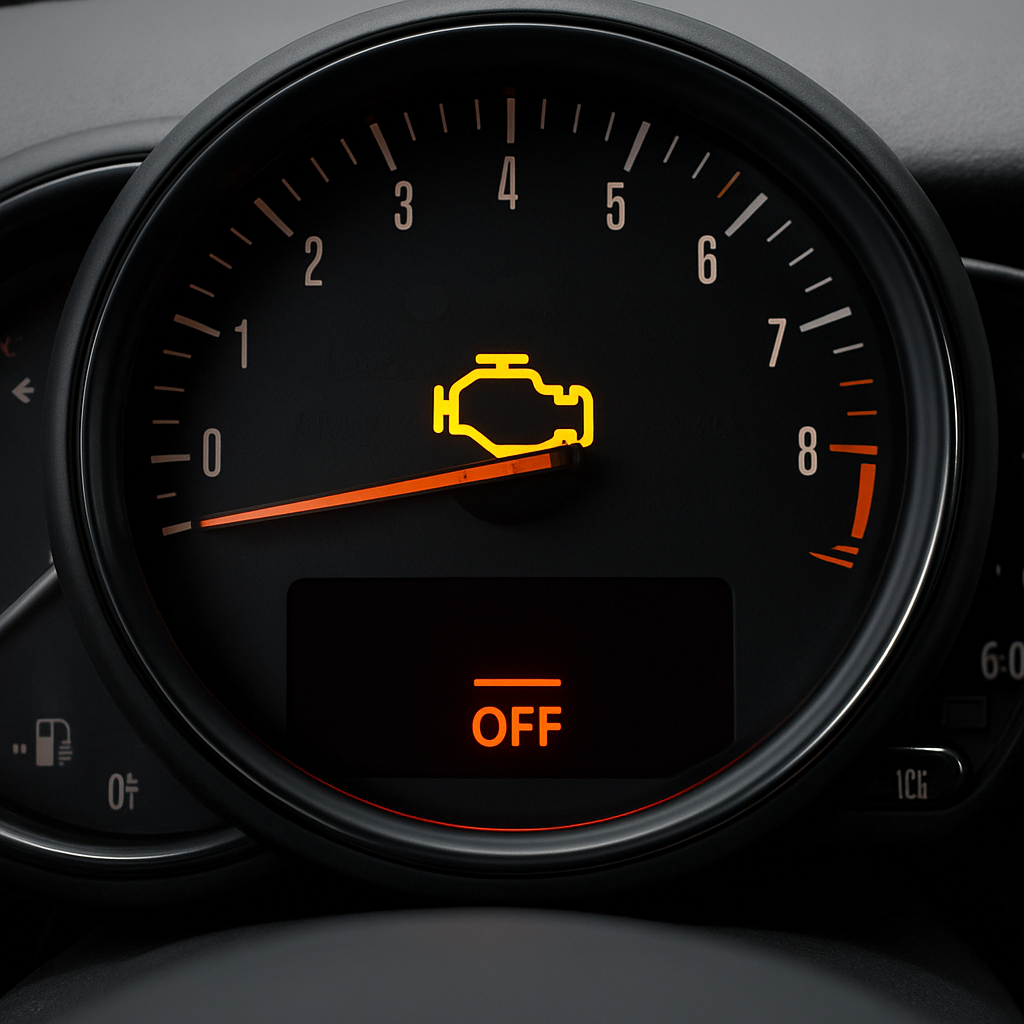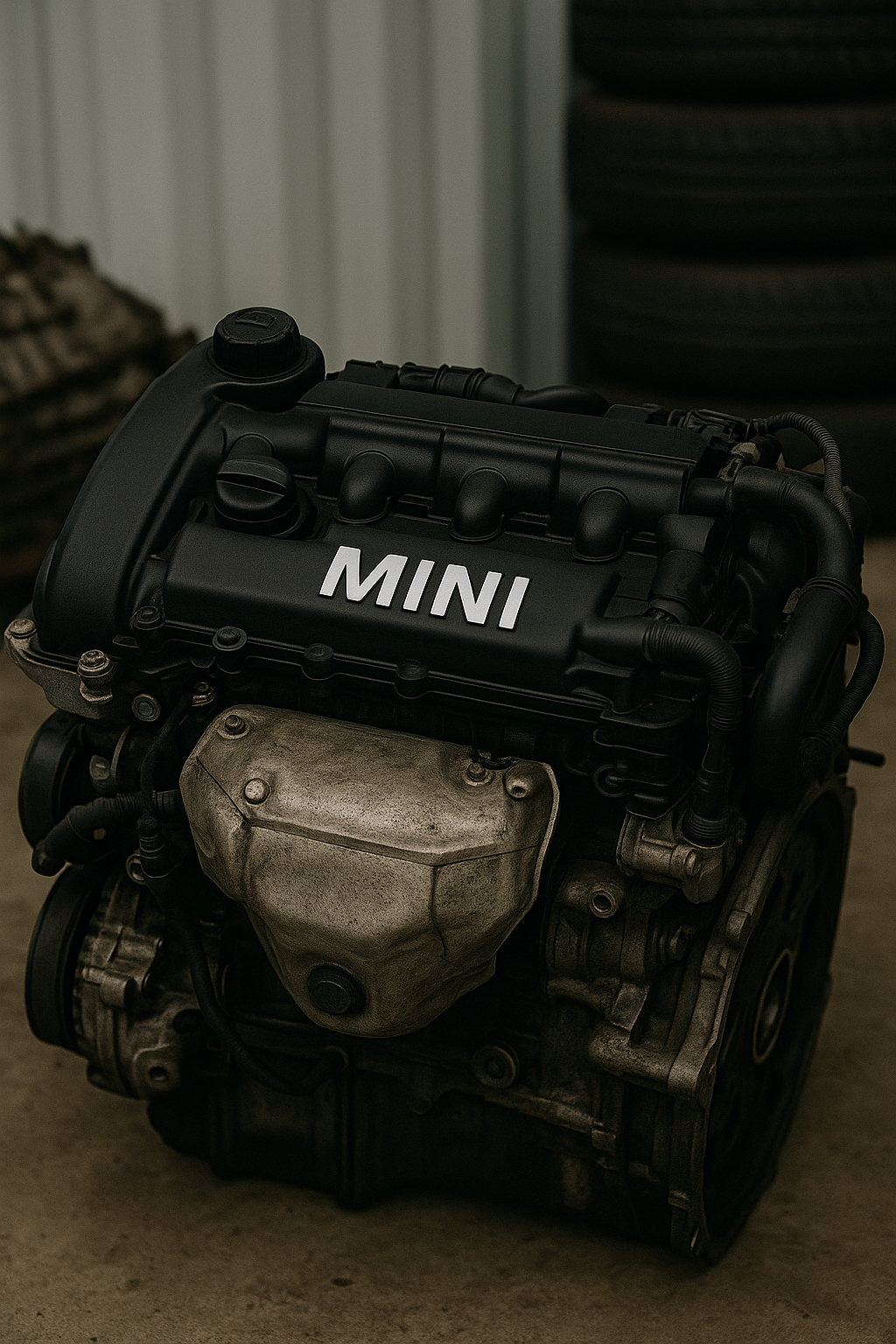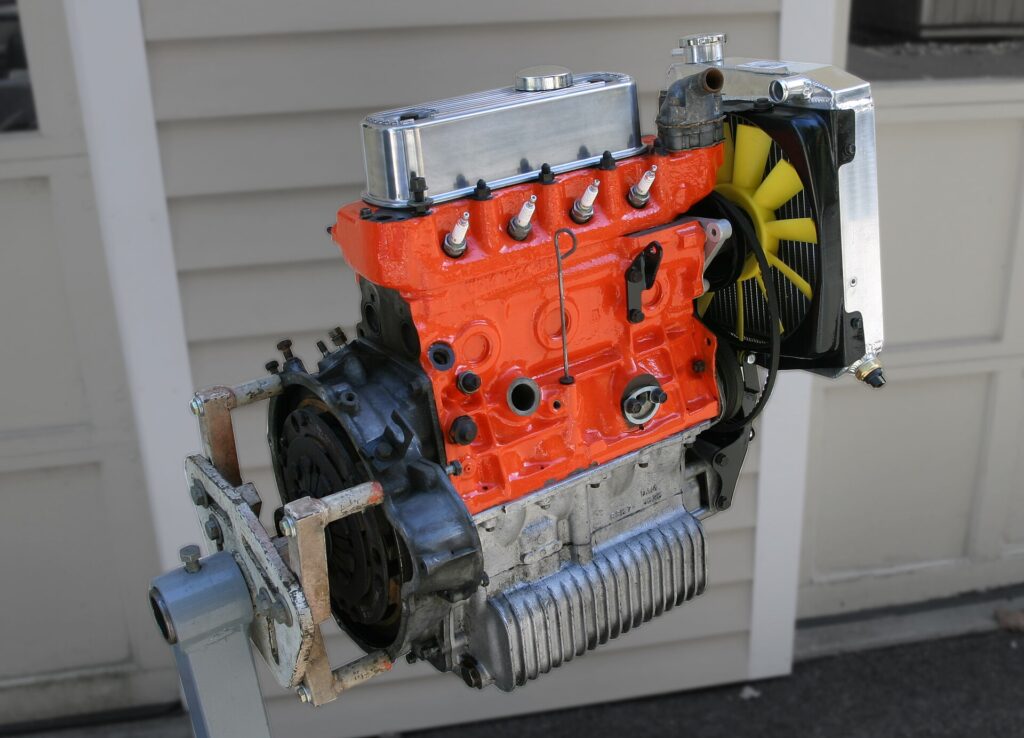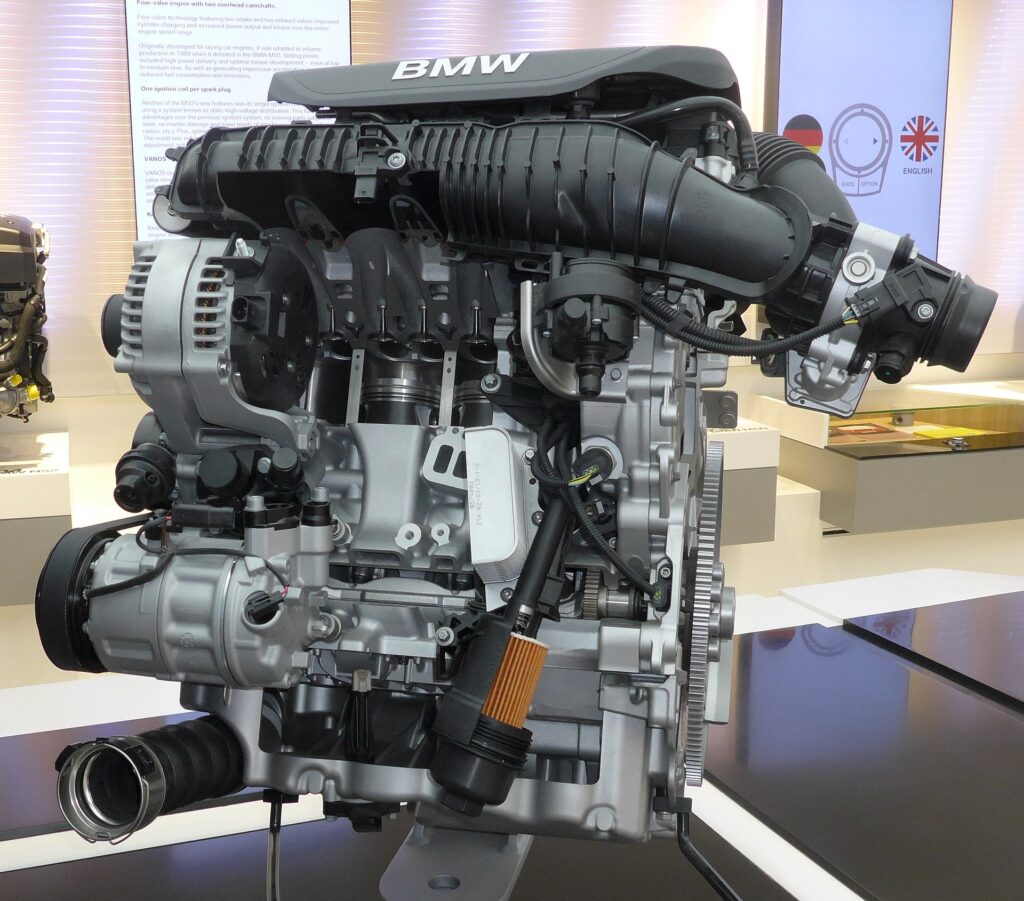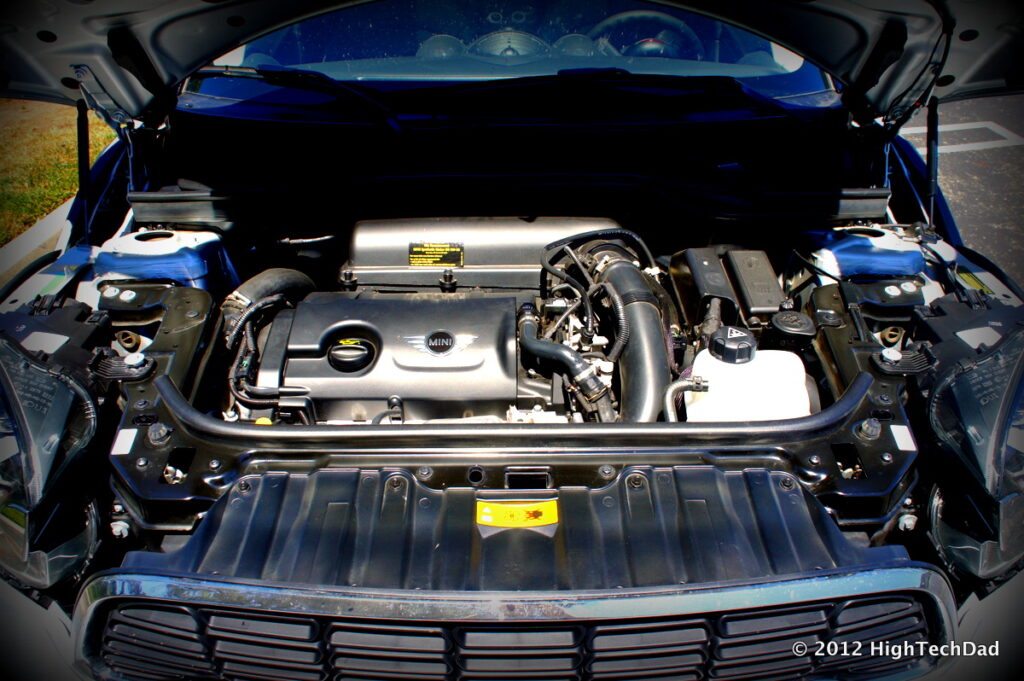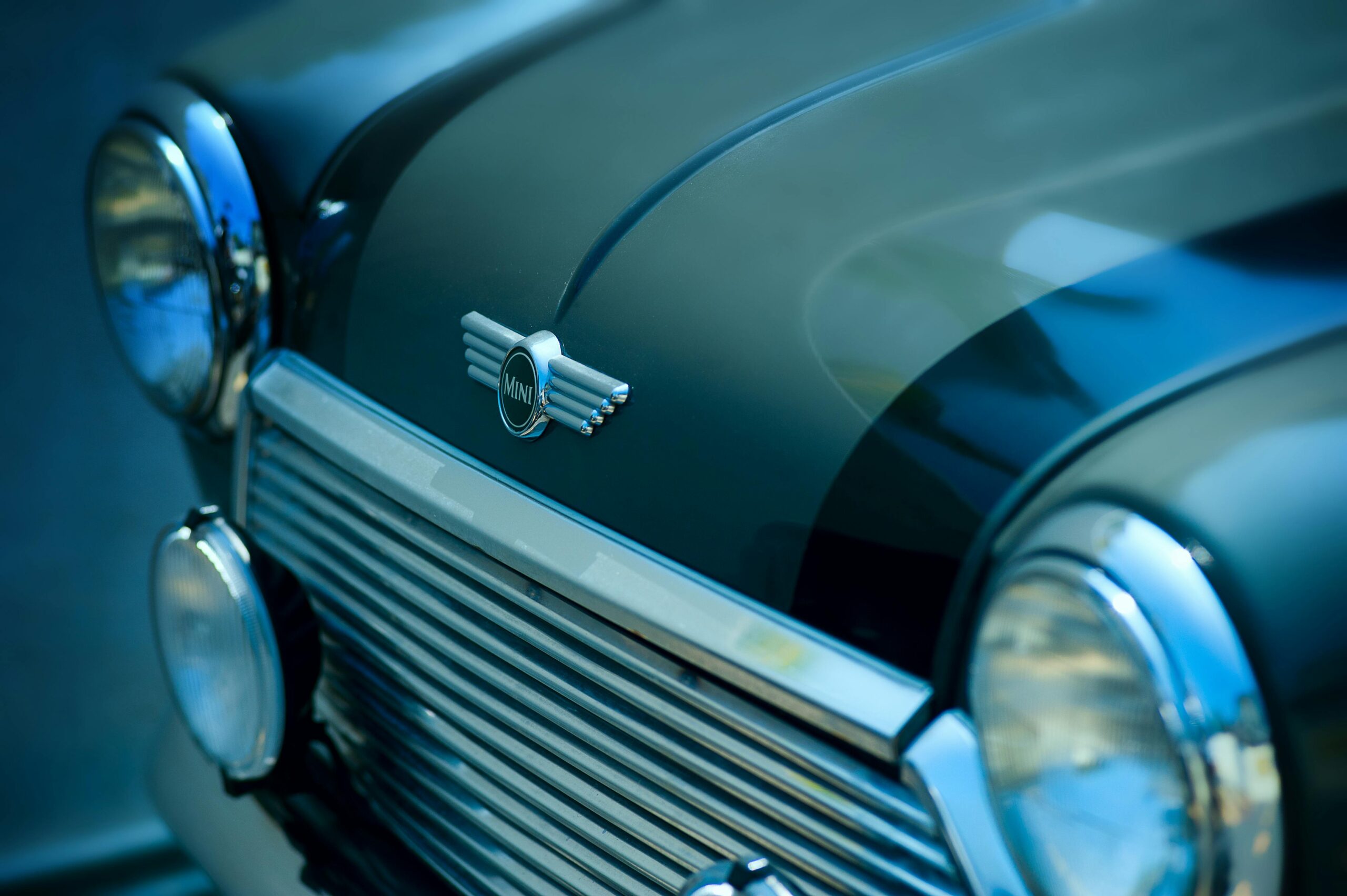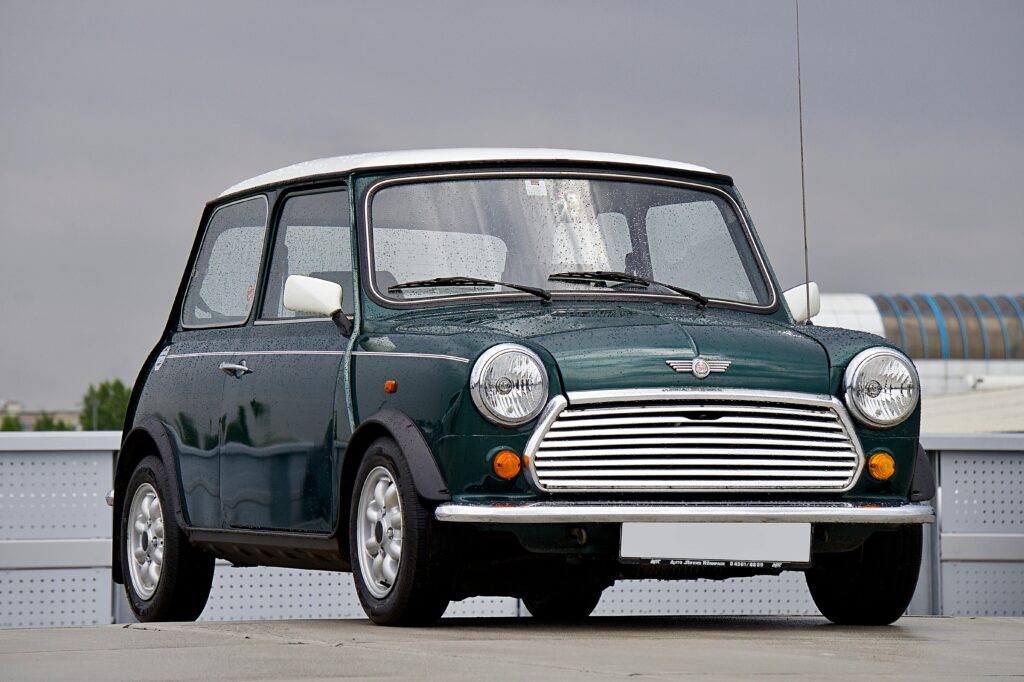Let’s face it – few things ruin your day faster than seeing that dreaded check engine light pop up on your MINI’s dashboard. It’s vague, it’s annoying, and it always seems to show up at the worst possible time. But don’t panic – sometimes it’s something minor, other times it’s your car’s way of asking (politely) for a bit of TLC.
In this blog, we’re diving into the most common reasons MINI owners see the check MINI engine light, with a closer look at specific models and engine types. Whether you’re driving a sporty MINI Cooper Hatchback or a trusty Countryman, this guide will help you decode that dashboard drama.
Common MINI Check Engine Light Causes (All Models)
Before getting into model-specific faults, let’s look at the usual suspects across most MINI variants:
1. Oxygen Sensor Failure (O2 Sensor)
What it does:
Measures the amount of unburned oxygen in your exhaust system.
Why it matters:
A faulty O2 sensor can throw off your fuel economy and increase emissions.
MINI Models Affected:
Common across all generations, especially after 60k–80k miles.
How to Fix:
Replace the faulty oxygen sensor. Most MINIs have two to four sensors – diagnostics will pinpoint the faulty one.
Estimated Cost:
- Parts & Labour: £180–£280 per sensor
- DIY Friendly? Fairly, but access can be tricky on some models
2. Loose or Faulty Fuel Cap
What it does:
Seals your fuel tank and maintains system pressure.
Why it matters:
A loose or cracked cap can trigger the check MINI engine light due to a minor EVAP leak.
Quick Fix:
Tighten the cap or replace it if damaged – an easy win!
How to Fix:
If tightening doesn’t help, replace the fuel cap with new or used MINI approved parts.
Estimated Cost:
- New Fuel Cap: £15–£30
- Labour: Usually not needed – easy DIY job
- DIY Friendly? 100% – takes 30 seconds.
3. Ignition Coil or Spark Plug Issues
What it does:
Delivers the spark needed to ignite the fuel-air mixture in your engine.
Why it matters:
Misfires, rough idling, and loss of power are all symptoms.
MINI Models Affected:
Common on R56 Coopers (2007–2013) and earlier Cooper S models.
How to Fix:
Replace spark plugs and/or ignition coils. Best to replace all plugs and coils together if multiple misfires occur.
Estimated Cost:
- Spark Plugs (Full Set): £40–£80
- Ignition Coils (Each): £35–£60
- Labour: £100–£180
- DIY Friendly? Moderate – accessible on most models with basic tools.
MINI Model-Specific Engine Faults
MINI Cooper S (R56, 2007–2013) – N14 Engine
If you own an early R56 Cooper S, you’ve probably heard of the N14 engine’s quirks. These cars are loads of fun, but they can be a bit high-maintenance.
Common Issues:
- Timing chain tensioner failure (aka the “death rattle”)
- Carbon build-up on intake valves (direct injection flaw)
- High-pressure fuel pump (HPFP) failure
These problems often cause misfires, rough running, or poor cold starts – all of which can trigger the check engine light.
MINI Cooper (R50/R56/R60) – N12 and N16 Engines
The non-turbo versions aren’t immune either.
Watch out for:
- VANOS solenoid faults (affecting variable valve timing)
- Thermostat housing leaks
- Mass airflow (MAF) sensor issues
The VANOS system, in particular, can cause delayed acceleration, poor fuel economy, and (you guessed it) a lit check engine light.
MINI Countryman & Clubman (F60, F54) – B38/B48 Engines
Newer MINIs with the BMW-derived B-series engines (from 2014 onwards) are generally more reliable, but they’re not perfect.
Common B-series engine triggers:
- Knock sensor faults
- EVAP system leaks
- Coolant temperature sensor issues
These engines are also highly sensitive to oil quality and spark plug wear, so regular servicing is key to keeping that light off.
Can I Drive with the Check Engine Light On?
If the light is steady and the car seems to drive normally, you can drive short distances – but it’s not ideal. If it’s flashing, stop driving immediately. A flashing CEL usually means a misfire, which can damage your catalytic converter if ignored.
Either way, get it diagnosed as soon as possible to avoid turning a small issue into a major repair bill.
Final Thoughts & Pro Engine Tips
Check engine lights are never fun, but understanding what’s likely going wrong helps take the mystery (and stress) out of it. Whether it’s a misfire, a minor sensor glitch, or a bigger issue like a timing chain fault, catching it early can save you serious money.
Need Your MINI Diagnosed or Repaired? Choose LA MINI
When your check engine light shows up, don’t guess – get it checked by specialists who live and breathe MINI. At LA MINI, we offer professional diagnostics, genuine parts, and expert BMW MINI repairs through our sister company for every generation and model. Whether it’s a simple sensor or a complex engine fault, our technicians have seen (and fixed) it all.
Book your MINI in today for reliable, honest service with cost effective used MINI parts – and get back to enjoying the drive.

